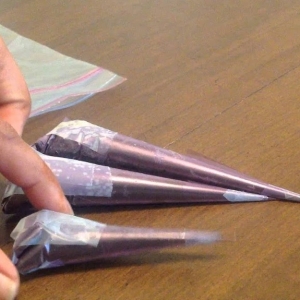At first glance, silicone rubber seems like an unlikely candidate for a conductive material. It’s a polymer, and polymers are typically electrical insulators. The secret to its conductivity lies in the addition of specialized filler materials that create a network of interconnected conductive pathways throughout the otherwise non-conductive silicone matrix. Understanding the science behind this process is key to appreciating the material's functionality and its wide range of applications.
The silicone rubber itself is a polymer chain made of alternating silicon and oxygen atoms, known as a siloxane backbone. This backbone is stable and flexible, but it doesn't have free electrons to carry a current, which is why pure silicone rubber is an excellent insulator. To transform it into a conductor, a significant volume of conductive filler must be added. The filler particles, which can be in the form of powders or flakes, are mixed with the liquid silicone precursor before it is cured into its final solid form. The goal is to achieve a concentration of filler particles that is above a critical threshold, known as the percolation threshold. Below this threshold, the particles are isolated, and the material remains an insulator. Above it, the particles touch each other, forming a continuous network that allows electrons to flow through the material.
The choice of filler material is critical and dictates the final electrical properties of the conductive silicone rubber.
-
Carbon black is one of the most common and cost-effective fillers. It provides a moderate level of conductivity, making it suitable for applications like static dissipation and low-current circuits.
-
Graphite offers slightly better conductivity and is also a good choice for EMI shielding applications where high conductivity is not the primary requirement.
-
For higher performance, metal fillers are used. Silver-plated aluminum and nickel-coated graphite are popular choices because they provide excellent conductivity at a more reasonable cost than pure silver. The plating ensures that the highly conductive metal surface is exposed to create the electrical pathways.
-
Pure silver offers the highest conductivity and is used in high-end applications where superior EMI shielding effectiveness is required, such as in military or aerospace systems.
The particle size, shape, and distribution of the filler are also important. Smaller, more uniformly distributed particles can achieve a continuous network at a lower volume percentage, which can help to maintain the flexibility and mechanical properties of the silicone. The manufacturing process is therefore carefully controlled to ensure a homogeneous mix and a consistent electrical performance throughout the final product. The science of conductive silicone rubber market is a perfect example of how combining two very different materials can create a composite with properties that are far superior to either material on its own, opening up new possibilities for innovation in electronics, medicine, and beyond.







